SCULPTURE | Public Art :: «Monument to East Vancouver» by Ken Lum
WHEN I FIRST encountered Ken Lum’s Monument to East Vancouver, in December ’09 after it had just been installed, I thought: “Hmm … I’m not sure …”
The next time I saw the Monument — a legacy of the Olympics — I had my camera ready, sunroof wide open. These are the shots I took that moody afternoon in January.
Months later, looking through the images on iPhoto, the following shots of Lum’s luminescent tribute to the citizens of the Republic of East Van lined up on my monitor like a Vegas slot machine:
Ken Lum, Monument to East Vancouver, 2009
°
°
°
Seeing the Monument through the lens of the trucker contextualized this piece of public art for me. The monument is located in the heart of an industrial, working class quarter of the city where major intersections meet and commuters in their cars and on the SkyTrain going to and from work can see this poignant symbol of identity, space and politics — a major theme in Lum’s ouevre.
Clark Drive is not the most pedestrian-friendly place; it’s one of Vancouver’s major truck routes. And yet, this work attracts crowds.
This Monument is a testament to East Van’s industrial roots. It’s meant to be seen buzzing by on the Millennium Line or in a vehicle. The best view, though, is through the Expo Line’s SkyTrain windows as it heads east from the centre of town: “You Are Now in East Van,” the Monument shouts as you head east.
°
°
°
In the end, I think it’s another ace for Lum in his brilliant career.
What Lum’s fiberglas ships atop the Vancouver Art Gallery — Four Boats Stranded: Red and Yellow, Black and White — did, almost a decade ago, to bring awareness to Vancouver’s complicated racial history, Monument to East Vancouver brings home the city’s East-West polarity. Just in time for the Olympics.
°
°
°
Ken Lum, Four Boats Stranded: Red and Yellow, Black and White, Vancouver Art Gallery, 2001
Brilliant!
Ken Lum, Concept image, 2009
Artist’s concept, 2009
City of Vancouver Public Art Registry
CITY OF VANCOUVER OLYMPIC + PARALYMPIC PUBLIC ART BROCHURE PDF
°
°
°
°
°
°
Vancouver Report:
The Remains of the Olympiad
°
I need some talk therapy, so I ring up Ken Lum, whose two new public art projects— from shangri-la to shangri-la and Monument for East Vancouver —poignantly distill this city’s various cultural issues. Turns out Lum’s game for a chat in a café that happens to be across the street from VANOC’s lost and found department.
‘I’m kind of bemused by the public outpouring of patriotism,’ Lum says. ‘It’s odd to see grown adults draped in the flag. I was downtown the other day and it was quite disorienting. I couldn’t recognize the city. So many people and it suddenly felt Baudelairean. When you’re an artist, you can never really be part of the crowd even if you’re immersed in that crowd.
It’s not just restricted to the Olympics, which I feel is an elitist, corrupt and dubious institution with several problematic attachments to fascist figures and so on. There’s no doubt there will be a huge hangover, a fiscal nightmare. But it does provide important lessons in terms of art and politics and trauma.’
East Van has stirred up heated public debate. ‘I’ve had the idea for years and thought there should be some marker of public art that exists outside the downtown core,’ says Lum of his lodestar to the region in which he was born and raised as the son of poor Chinese immigrants.
‘I’m not a Christian, but the sign is effective precisely because it’s a symbol of oppression and persecution. The East Van cross emerged in the 1940s when poor European immigrants lived on the east side and there were a lot of Catholic churches and schools; there were actually few people of visible minority like me.
‘Another criticism is that it’s a gang symbol, but I knew those gangs, I was there. They were high schoolers that would mess you around for sure, but they weren’t like today’s sophisticated drug gangs worth millions of dollars.’
Ken Lum’s Monument for East Vancouver, installed as part of the City of Vancouver’s Olympic and Paralympic Public Art Program | Photo > Site Photography
°
°
°
Lum has done numerous works in European cities where public art enjoys greater mass appeal and better funding. ‘Public art usually falls on the sword of accessibility,’ he acknowledges. ‘But the public has to work too, they can’t be lazy about it and expect it delivered to them. Masses are going down to see the Olympic cauldron, which is hideous, looks like something out of the first Superman movie, [the Fortress of Solitude] on planet Krypton. People say, ‘It’s so beautiful, magnificent.’ It’s hard to criticize without coming across as a snob.’
With Vancouver walking this bizarre tightrope, it’s as if critical thought is banned from the party. ‘But we need to think about important questions,’ says Lum. ‘Is it possible for marginalized people to have housing, a decent life in this city? There have been 35 years of misery in the Downtown Eastside, with people dying and developers waiting until they can turn a profit, enforcing the ghettoization.’
Perhaps our patriotic masses will join the discussion when the Olympics hangover subsides. In the meantime, a lot of people are waking up to the bang and clang of temporary venues being dismantled, wondering what the hell just happened.
– Danielle Egan ‘Vancouver Report: The Remains of the Olympiad.’ Canadian Art, 4 March 2010
°
°
°
for Ken Lum:
“hideous”
“hideous”
“looks like something out of the first Superman movie”
“grown adults draped in the flag”
“public outpouring of patriotism”

The Vancouver Sun: Ken Lum constructs icon to rule over East Vancouver
CityCaucus: East Van. No Rules.
The Globe and Mail: A beacon of the East Van scene
A beacon of the East Van scene
KEN LUM @ THE VANCOUVER ART GALLERY PDF
About this entry
You’re currently reading “SCULPTURE | Public Art :: «Monument to East Vancouver» by Ken Lum,” an entry on designKULTUR
- Published:
- 2010/06/19 / 20:44
- Category:
- ART + ARTISTS, CANADIAN DESIGN, CITIES | VANCOUVER, INDUSTRIAL DESIGN, OLYMPIC GAMES, PUBLIC ART, THE VANCOUVER 2010 WINTER OLYMPICS SUITE
- Tags:
- "Four Boats Stranded: Red and Yellow, "Monument to East Vancouver", "shangri-la to shangri-la", "The Remains of the Olympiad", ‘Vancouver Report", Black and White", Clark Drive, Cultural Olympiad, Danielle Egan, Fortress of Solitude, Ken Lum, Olympic public art program, sculpture, Superman - the movie, Superman 1, truck routes, Vancouver 2010








![[The crossword] signifies the identity](https://designkultur.files.wordpress.com/2010/06/the-crossword-signifies-the-identity.jpg?w=432&h=698)



































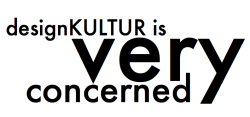
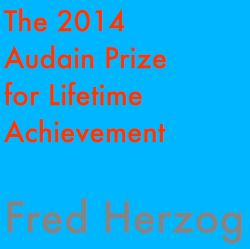

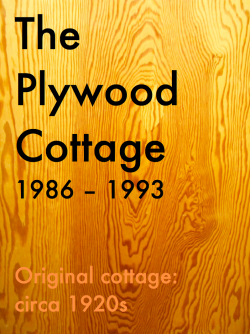


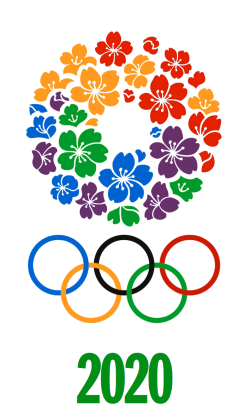






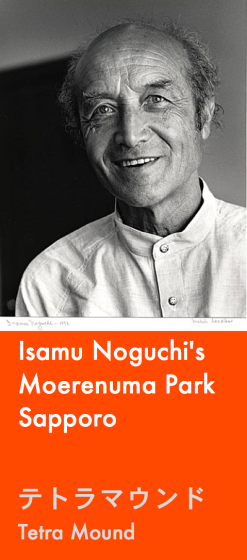

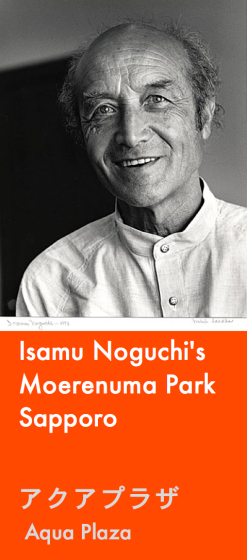

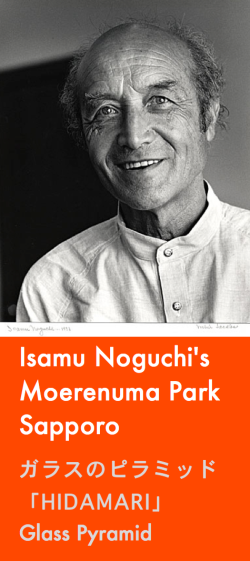







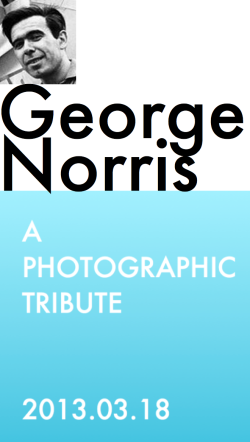








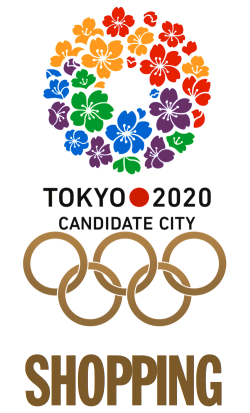
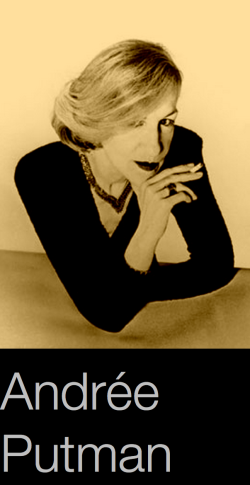


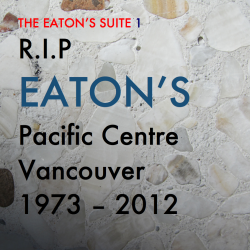













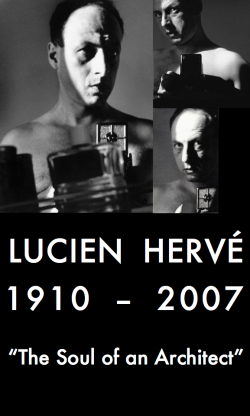
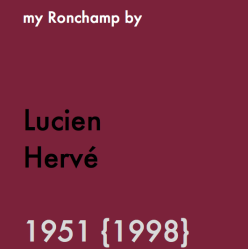
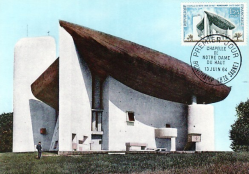











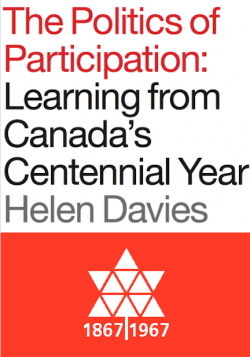
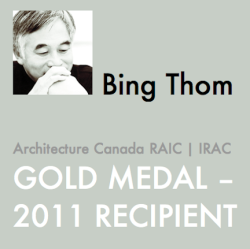












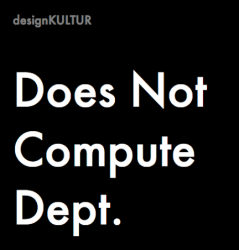




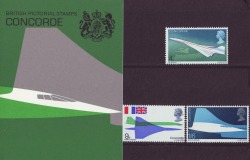
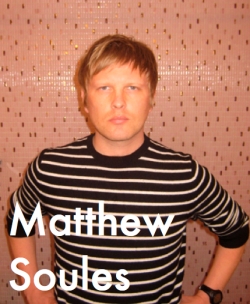




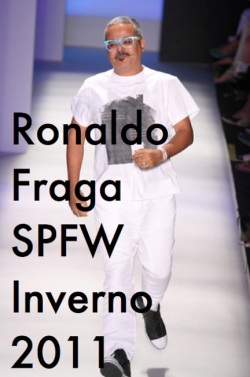







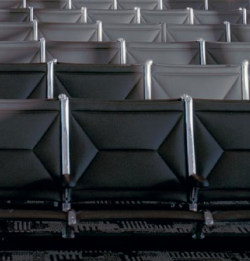









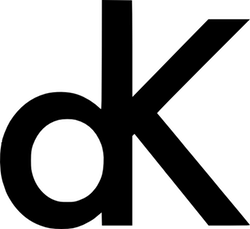
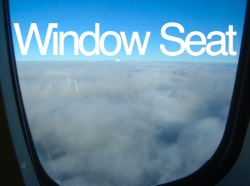

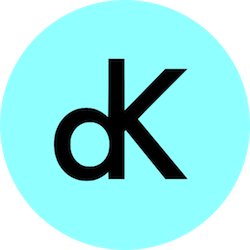

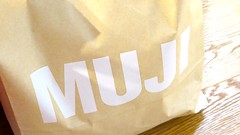
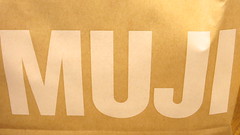
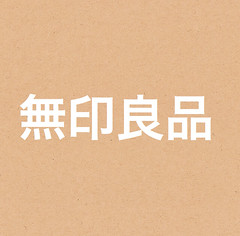

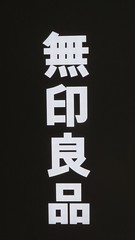









No comments yet
Jump to comment form | comment rss [?] | trackback uri [?]